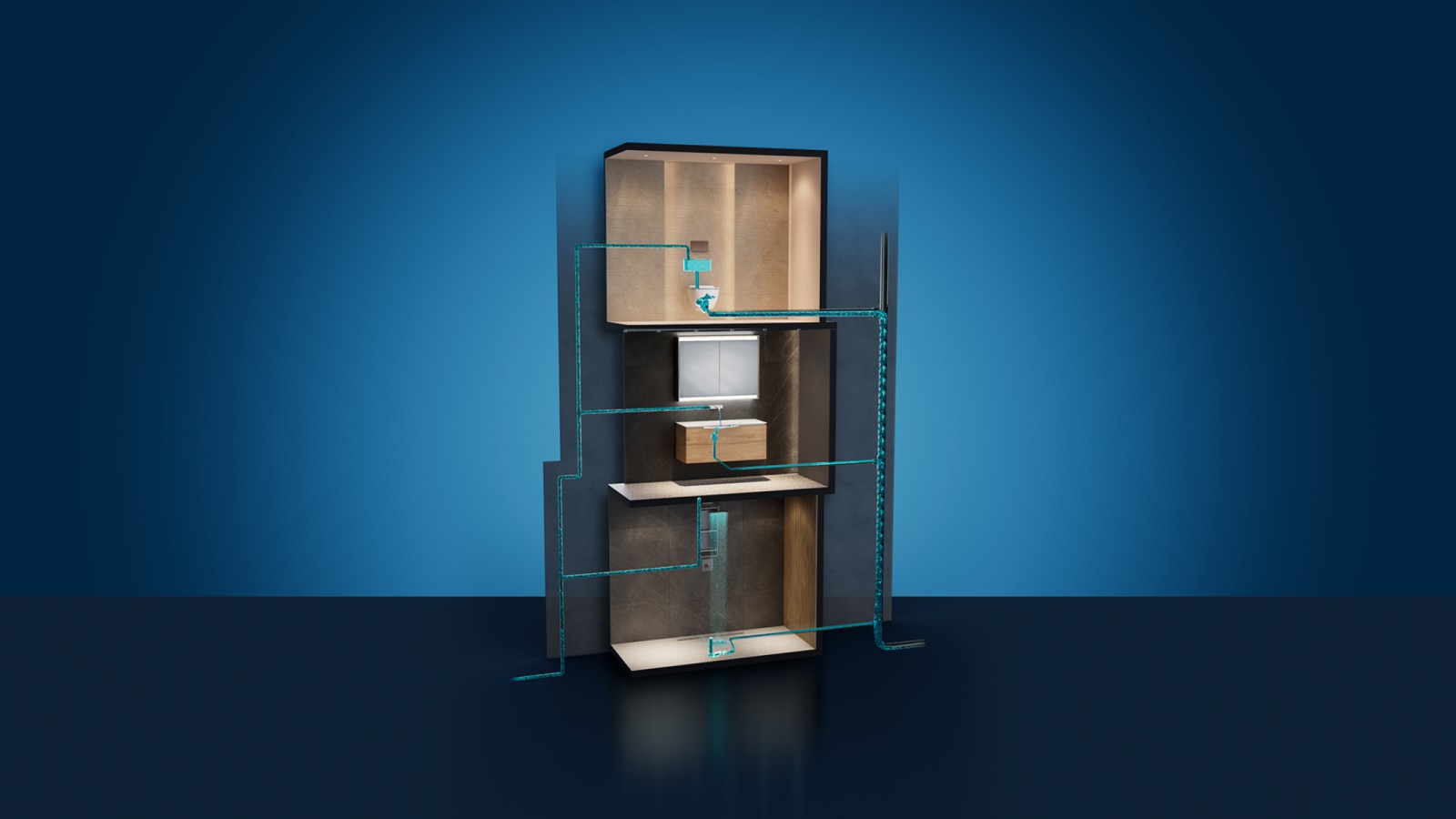Geberit – European market leader for sanitary products
Mastering Water

Technical documents available digitally
Geberit is gradually digitising technical instructions and product information. This saves paper and makes our expertise available on mobile devices at any time.
Are you planning a bathroom renovation?
Design your dream washbasin area in just a few clicks
Get ideas for your new washbasin area. Combine the perfect mirror, washbasin and cabinet to suit your style.


